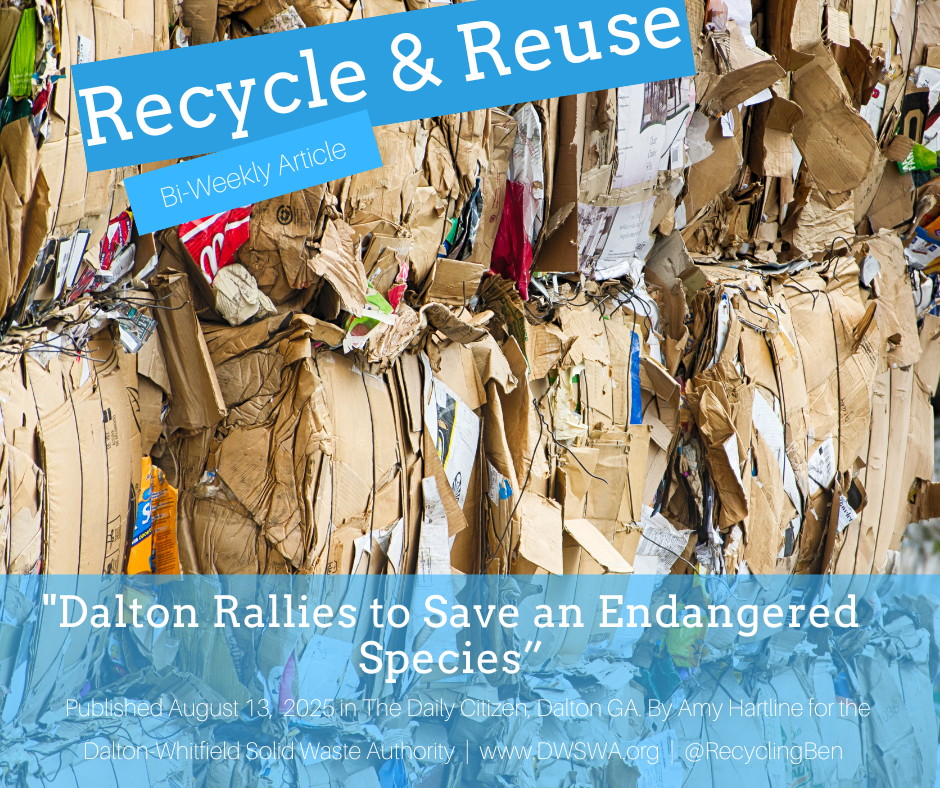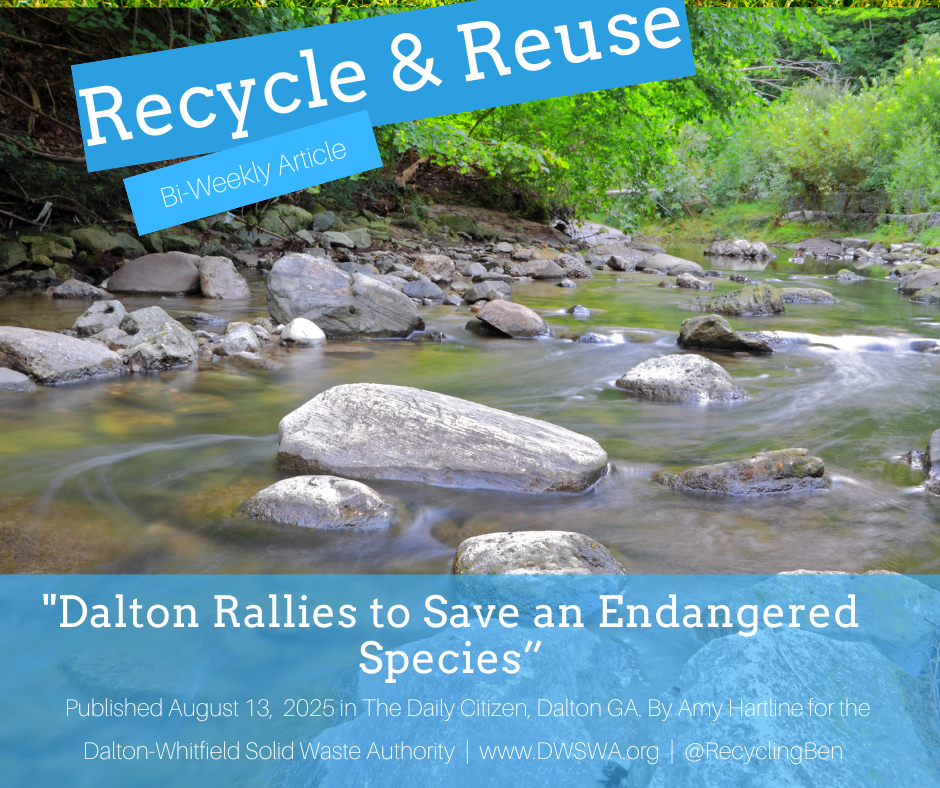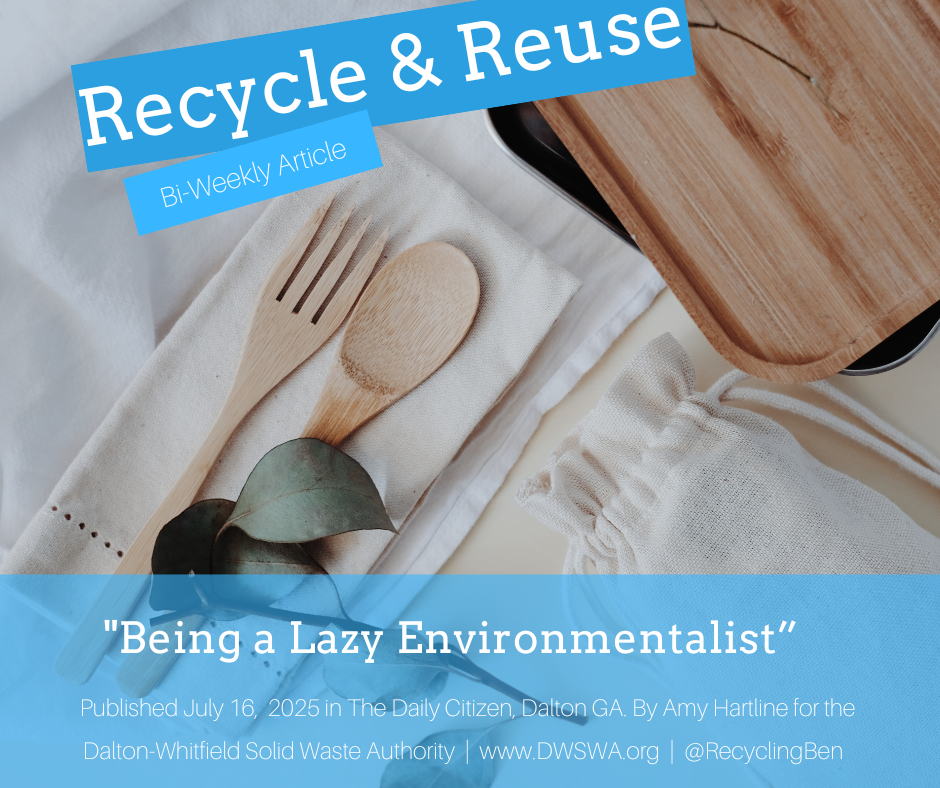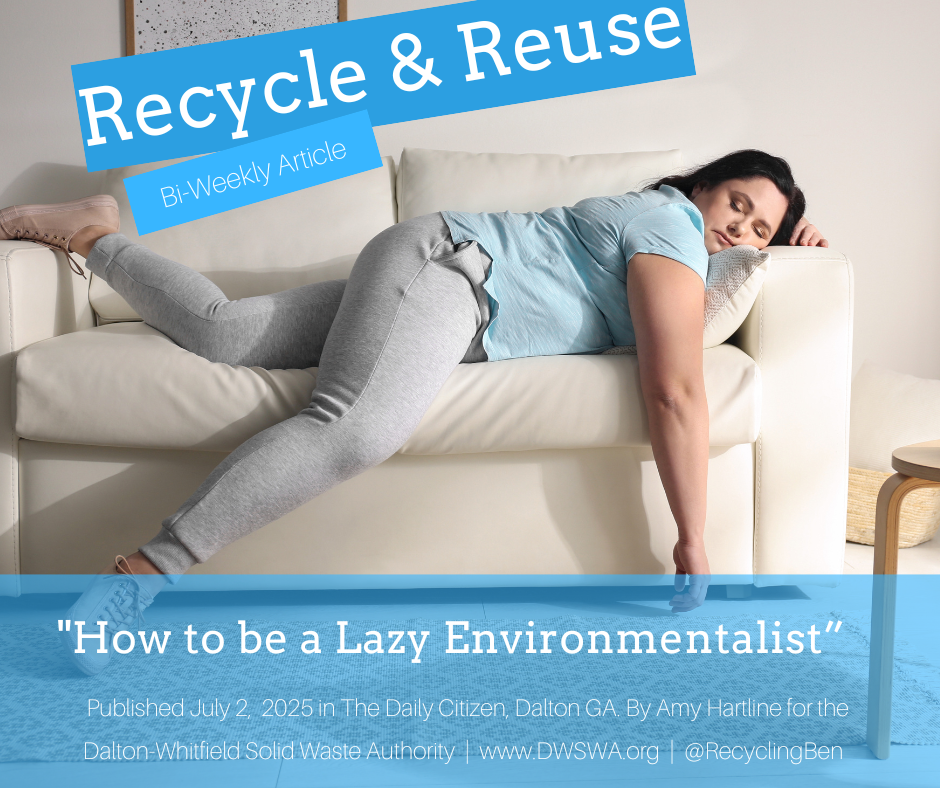A Runner’s Guide to Being Green
/Runners can be greener by choosing reusable water bottles over disposable ones and recycling worn-out running shoes.
With your favorite pair of running shoes laced snugly on your agile feet you run laps around the outdoor race track in the center of the park enjoying a cool breeze, fresh air, and the view of lush green trees. You, like many others, may find that running outdoors is a total pleasure. It’s an escape from the day to day, a time to think, find clarity, and enjoy the natural world.
For others running is a purely an athletic pursuit leading them to run 5K races, and even marathons, all across the state. But, no matter what end of the spectrum you find yourself on, if you’re a runner, you care about the environment. Here are several ideas to help the runner (or walker) in you be green and eco-friendly as you pursue your favorite exercise off the treadmill.
An easy way to start is removing litter, trash in the wrong place, from your route. The Carpet Capital Running Club participates in the Adopt a Mile program managed by Keep Dalton-Whitfield Beautiful to do just that. At least four times a year the group removes litter from their adopted road in an effort to reduce pollution and maintain the aesthetics of a popular running area. Some running club members even pick up litter while on their regular training runs.
Removing litter left behind by others while on a run can be inconvenient, but every “litter bit” helps keep the community looking great on a consistent basis. Adopt a Mile participants from several local organizations removed an estimated 10,000 pounds of trash last year. All you need to do to help is carry a small plastic bag or a reusable bag with you to collect littered items while outside. Place the litter in a trash receptacle when you pass one on your route or dispose of it properly at home.
Runners can also make an effort to not litter the items they are carrying to refuel, like the energy gel packets by GU Energy Labs. Instead of consuming the gel and tossing the thin packet, hold on to it until you find a trash bin or dispose of it at home. You can actually recycle GU and Cliff Bar brand wrappers and pouches with TerraCycle’s (www.terracycle.com) mail-in program. Registered participants can request a free shipping label to mail in their empty and dry packaging at no cost.
Buying and using less stuff is another way to be eco-friendlier. While you may not want to use the same pair of running shorts until they wear out, you can add some reusable items to your gear like a reusable water bottle. There’s a huge variety of water bottles available including stainless steel, glass, and durable plastic in any size and shape you may need. Consider your needs and choose a hydration tool that will last for several years. On occasion, you’ll probably end up with a disposable plastic water bottle in your hands. Make sure the bottle gets recycled where available.
It’s recommended that running shoes be replaced every 400 to 600 miles. But, even if you’re ready to say goodbye to your well-worn shoes, the shoes may have some life left in them yet. If they’re in good condition consider donating them to a local charity shop. But, if the shoes are really worn out, drop them off at a Nike retail store where they’ll be sent to the Nike Grind program which recycles shoes into artificial turf, footwear, and other Nike products. Visit www.nike.com to find a store near you.
As a runner, you may travel out of town to participate in races which can have a negative impact on air quality. Whenever possible carpool or use an alternate form of transportation to help reduce emissions and conserve fuel. Some races have a carpool option available on the registration form to help match participants that may live near each other. You can also join other runners in your local circle who are traveling and participating in the same race. Fewer vehicles on the road equal less air pollution, less fuel wasted, and less wear and tear on your vehicle.
Besides carpooling, you can choose to participate in races that support environmental causes or host green and zero-waste events. Eco-friendly race events may have on-site recycling, optional organic cotton race t-shirts, locally sourced food, solar powered generators, and race medals made from recycled materials. Goodie bags for runners in some cases are going virtual, offering up discounts online instead of on a stack of paper stuffed in a plastic bag that may end up littered before the race even starts. Small changes like these can lead to an enjoyable and greener running experience that’s a win for you and the planet.
































